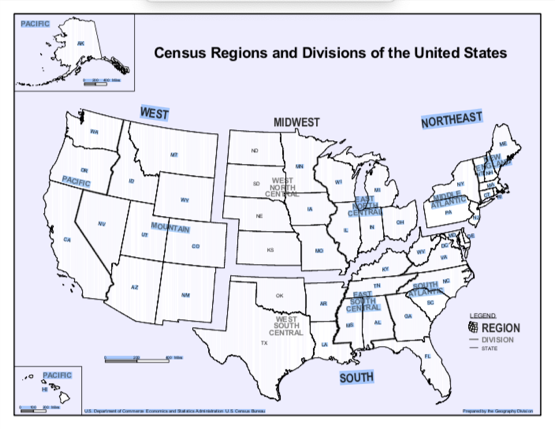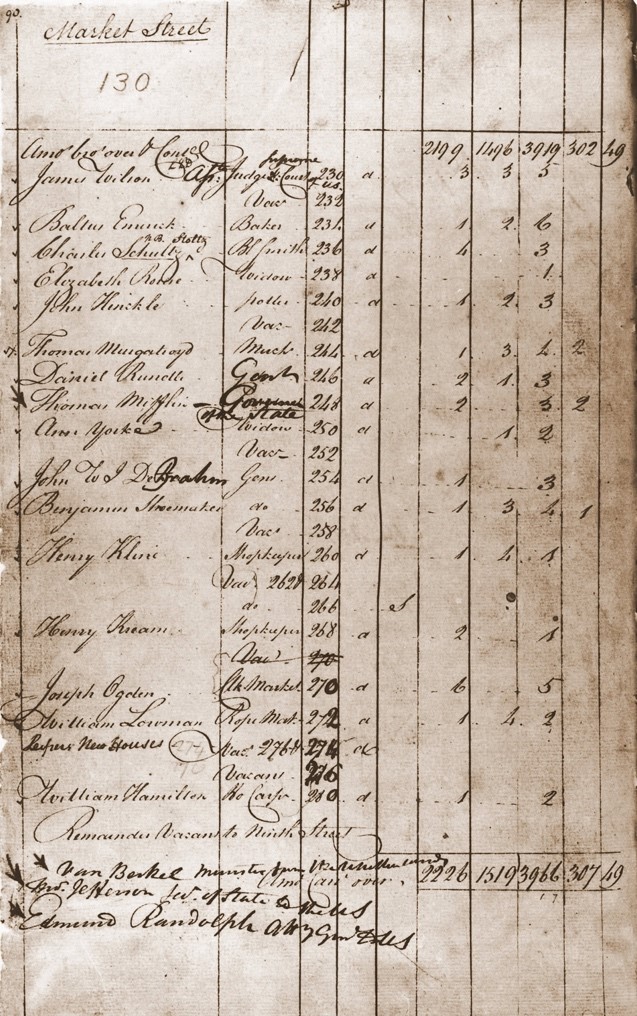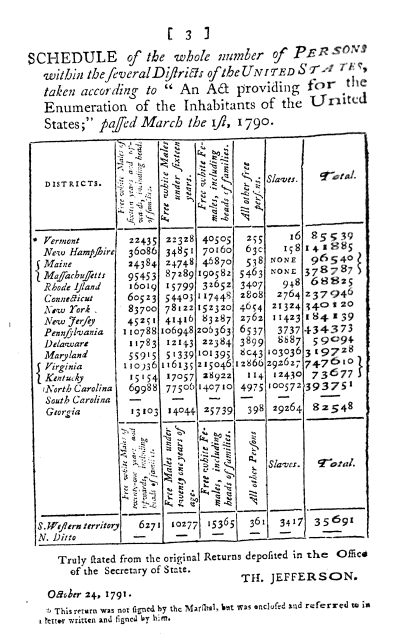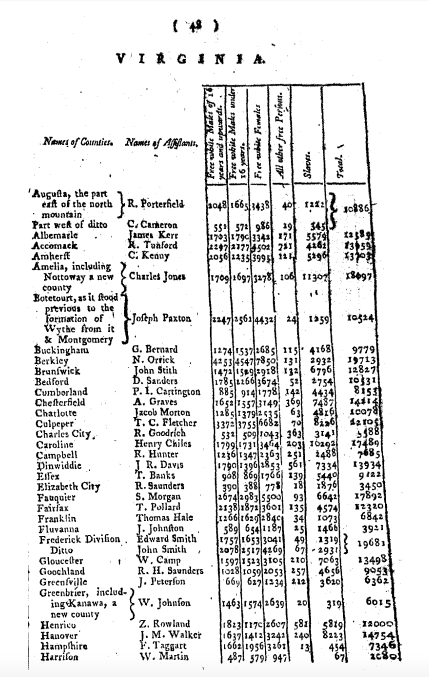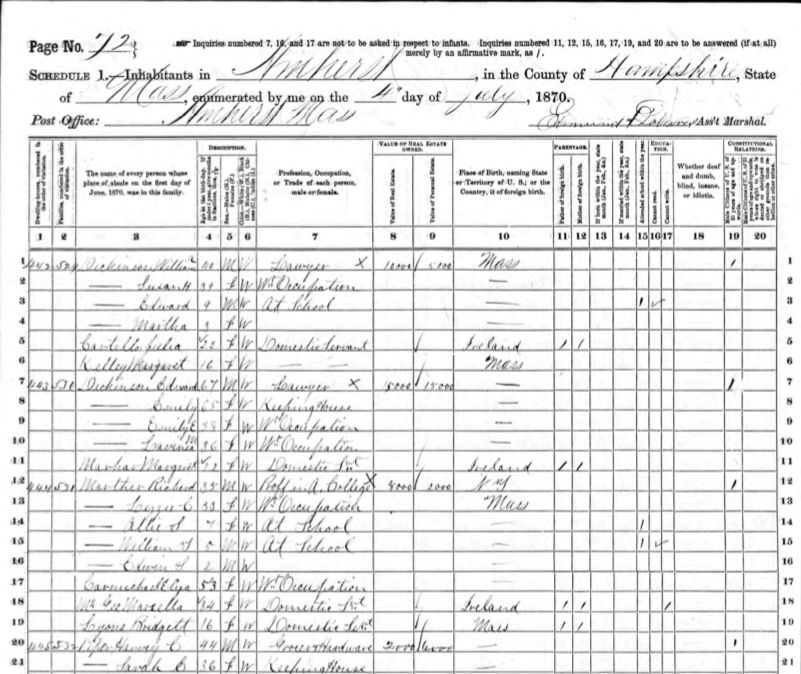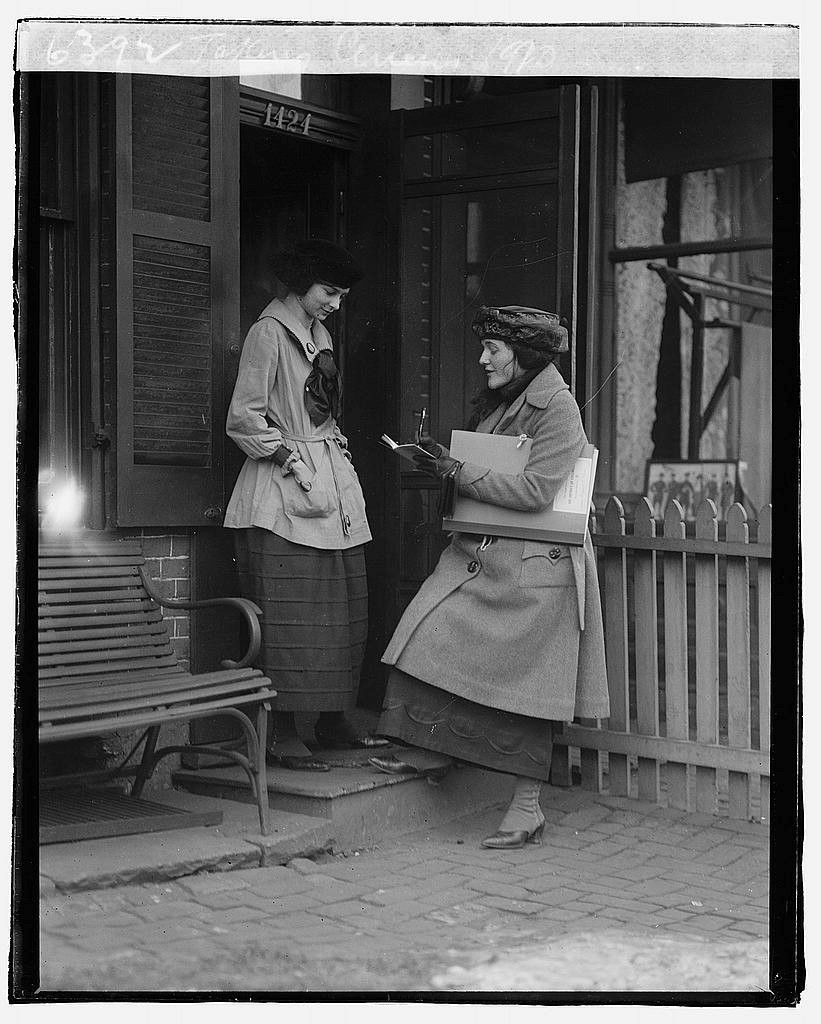The 2020 census is currently underway nationally – but what did the census look like in the past?
The U.S. census is a ten-year event in the United States, as stipulated in the constitution in Article I, Section 2, empowering Congress to carry out the census in “such manner as they shall by Law direct.” Every decade, each household gets a chance to count themselves, contributing data that determines nearly $1 trillion of funding that is distributed on the local level as well as congressional apportionment.
Image courtesy of the U.S. Census Bureau.
Early Censuses
The first U.S. census was taken in 1790 and counted 3.9 million residents in the whole of the country. The census has occurred every 10 years since – making it one of the very first and longest-lasting actions made by our early government. The early censuses were conducted by assistant U.S. marshals who were instructed to “make a just and perfect enumeration and description of all persons … according to the best of [their] ability.” Virginia is part of Region 3, Division 2, of the census’ designated statistical regions and is part of the South Atlantic group. Arlington was part of the first 1790 census, however, the residents of what is now Arlington County would have been counted under the regional designation of Fairfax County.
A census enumerator’s records from the 1790 census. Image courtesy of the U.S. Census Bureau.
Although you can now take the census by multiple methods, early copies of the census were completed exclusively by paper. Early iterations of the census show a much different set of questions that are now included in a modern-day census.
There were only six questions on the first census – the name of the white, male householder, and then the names of all the other people in the household, divided into these categories: Free white males who were at least 16 years old; free white males who were under 16 years old; free white females; all other free persons; and slaves, who under the constitution were counted as three-fifths of a person. These questions highlight the fundamental inequalities that determined life at this point in U.S. history and are cause to reflect on who was counted, how they were counted, and who got to do the counting – all important questions when evaluating census data from a historical lens.
Excerpts from the 1790 census highlighting Virginia. Image courtesy of the U.S. Census Bureau.
Changes to the Census
Over the years, the census has changed its format and its questions. The 1870 census was the first to eliminate what was called the “slave questionnaire,” and was reordered after the conclusion of the Civil War to only include schedules for "General Population," "Mortality," "Agriculture," "Products of Industry," and "Social Statistics."
The census only started counting Native Americans in 1860 and started including Native Americans living on reservations in 1890. Other racial categories on the census also developed into the latter half of the 19th century as immigration from non-European countries increased. These categories are an ever-developing part of the census and continue to diversify today. (For a more detailed look at how the U.S. census has historically measured race in the U.S., Science News has an overview of some of the key changes the census has seen.)
An example of an 1870 census schedule. Image courtesy of the U.S. Census Bureau.
Some other technical changes have occurred over the years as well: the 1810 Census collected economic data on the quantity and value of manufactured goods, expanding for the first time on the original six questions. In 1850, the census began collecting "social statistics,” such as information about taxes, education, crime, and value of estate, and mortality data. In 1940, in response to the devastation of the Great Depression, additional questions were asked of a sample of the population, including questions on internal migration, veteran status, and the number of children ever born to women. In recent decades, the census has turned toward more simplified forms – the 2000 census was the shortest since 1820, with only seven questions on the short form, and this trend has continued up to today.
Other changes over the years have included the methods of taking the census: the 1960 census was the first census to be mailed out to households and was the first year the census results were counted by computer. This year’s census is the first with the option to complete the form by phone or online.
Another historical development to this year’s census is it is the first to include a question about same-sex relationships, where respondents can identify as “same-sex husband/wife/spouse” or “same-sex unmarried partner.”
A census-taker circa 1920. Image courtesy of the Library of Congress.
Want to learn more? You can explore historical census data through the county going back to 2000. This site also includes maps and other data related to the history and demographics of Arlington. You can also search through historical census documents through the National Archives’ digital collections.
Do you have a question about this story, or a personal experience to share?
Use this form to send a message to the Center for Local History.
Center For Local History - Blog Post Message Form
Do you have a question about this story, or a personal experience to share? Use this form to send a message to the Center for Local History.
"*" indicates required fields
